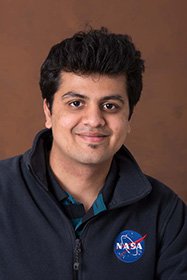
Rohan Thakker
Robotics Technologist
JPL - Aerial Mobility
Rohan Thakker is a Robotics Technologist at NASA's Jet Propulsion Laboratory, California Institute of Technology. He is the Autonomy Lead of Project EELS, an Autonomous Snake Robot designed to explore unknown environments such as the Ocean Worlds of Enceladus, lava tubes on Mars, or craters of the Moon. Previously, he led JPL's guidance, navigation, and control team at the DARPA Subterranean Challenge and the imitation and reinforcement learning team for DARPA RACER.
His research focuses on developing full-stack autonomy capabilities for robots in uncertain extreme environments. He successfully deployed autonomy software and algorithms on drones, legged robots, tracked/wheeled rovers, off-road cars, and snake robots in space analog environments such as deserts, caves, and glaciers. Rohan has been working at JPL since 2017 after finishing graduate studies in robotics at Carnegie Mellon University.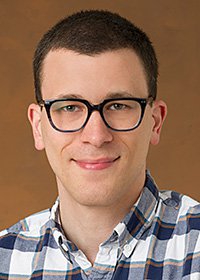
Jean-Pierre de la Croix
Group Leader
JPL - Maritime and Multi-Agent Autonomy
Dr. Jean-Pierre de la Croix is a Robotics Systems Engineer in the Maritime and Multi-Agent Autonomy group. He joined JPL after completing a Ph.D. in Electrical & Computer Engineering at the Georgia Institute of Technology in 2015. His research focused on new control techniques for large-scale robotic systems, such that humans can easily and effectively interact with these complex systems. At JPL, he continues to work on multi-agent robotics for new and challenging applications.
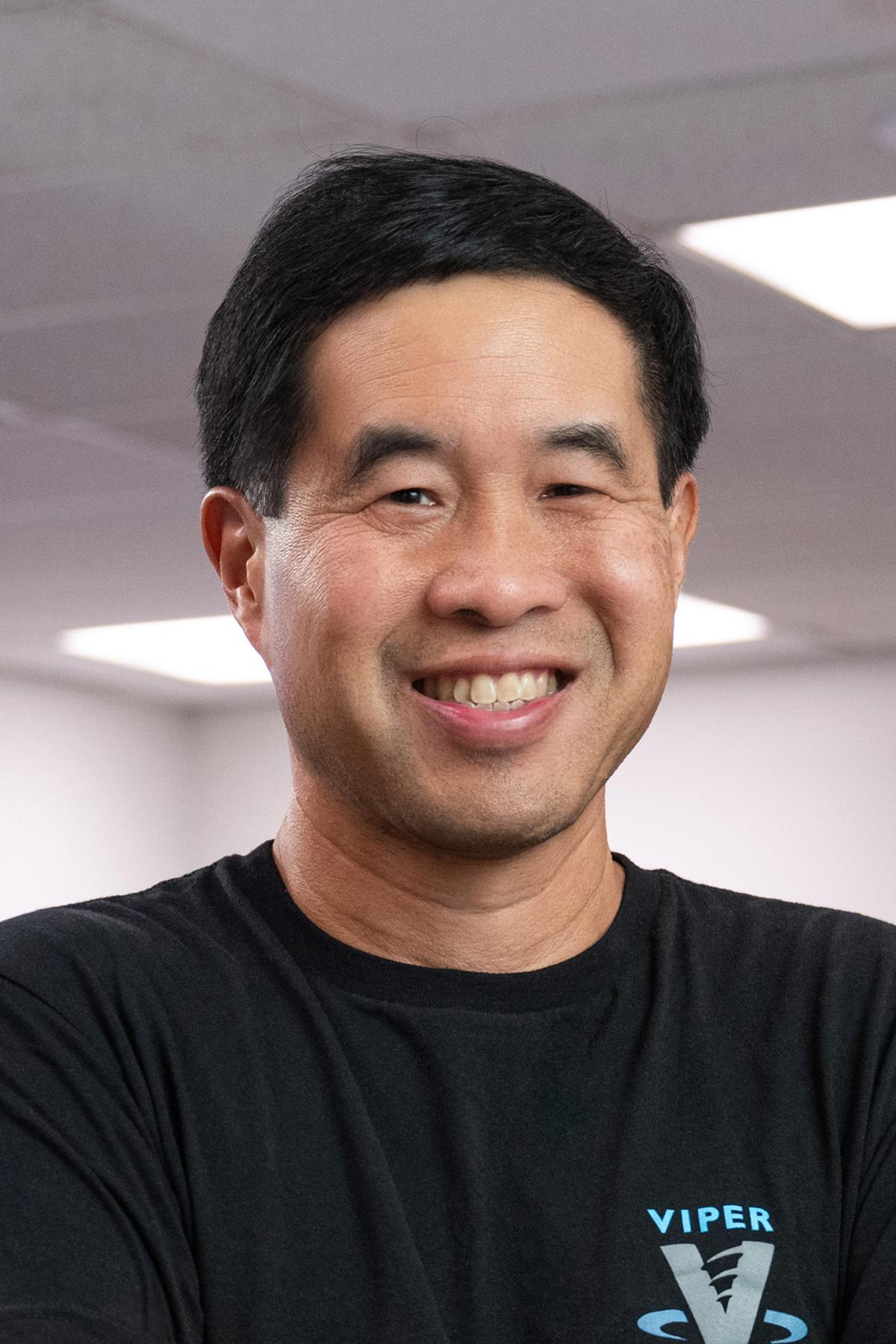
Dr. Terry Fong
Chief Roboticist
NASA ARC - Intelligent Systems Group
Dr. Terry Fong is the Chief Roboticist at the NASA Ames Research Center. He is also the deputy rover manager and lead rover driver for NASA's VIPER lunar rover mission. Terry previously led development of the Astrobee free-flying robot, which was deployed to the International Space Station in 2019. Terry has published more than 150 papers in space and field robotics, human-robot interaction, virtual reality user interfaces, and planetary mapping. Terry received his B.S. and M.S. in Aeronautics and Astronautics from MIT and his Ph.D. in Robotics from CMU.
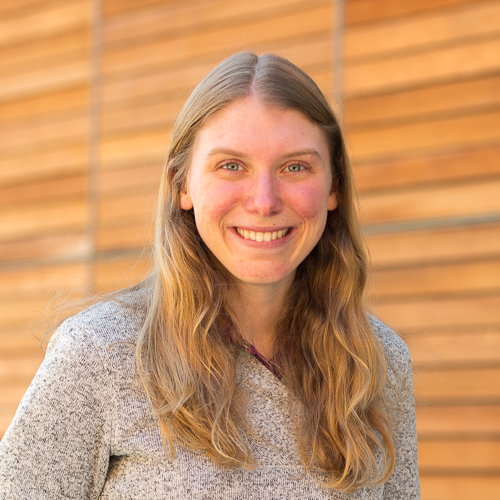
Christine Gregg
Chief Engineer, ARMADAS
NASA ARC - Intelligent Systems Group
Christine Gregg is a researcher at NASA Ames Research Center in the Coded Structures Laboratory. She most recently served as Chief Engineer of the ARMADAS project, which demonstrated autonomous robotic assembly of high-performance lattice structural modules. Her interests span mechanical metamaterials, robotics, assembly, and space structures. She received her Ph.D from UC Berkeley.
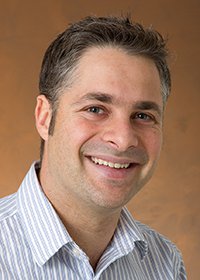
Kalind Carpenter
Robotics Mechanical Engineer
JPL - Advanced Robotics Systems
Kalind is a Robotics Engineer in the robotic Advanced Robotic Systems group (347Z). The lab he has helped create focuses on rapid technology development, autonomous systems, end effectors, and extreme access technologies.
He is currently the desert rats/JPL demo coordinator on the JPL side. He is also leading the anchoring development for the Large Crater Radio Telescope, TLS integration into CADRE class rovers, and Supernumerary arm development with MIT. His latest work includes the sample tube gripper lead for the Sample Recovery Helicopter. Kalind is the inventor and was the Principal Investigator of the Exobiology Extant Life Surveyor (EELS), an adaptable mobility capability aimed to traverse through the plume vent crevasses on Enceladus to reach the ocean below the ice.
Previous work includes principle investigator (PI) of an autonomous swarm of robots with ground penetrating radar to map the changes in sub glacial topology in Greenland and Antarctica created by ocean currents. PI of an ultra-compact low power gas sensor for small ground and aerial robots as well as Micro/nanofabrication of bulk metallic glass via thermoplastic forming. Co-Investigator (Co-I) on the Pop-Up Flat Folding Explorer Robot (PUFFER). Co-I on a tensegrity lander for icy moons. PI on a Vent and Crack mobility platform for descending Enceladus vents. Mobility engineer for various Ocean Worlds Mobility Solutions such as Cryosiman and Sublimation anchors and grippers.
His early projects include lead of the mobility for the gossamer rover under the Ocean Worlds Mobility Study. A micro ground vehicles task designing wall climbing robots that utilize microspines, electrostatic and Gecko adhesive to climb vertical surfaces. PI on the variable radius wheel. Initial lead engineer on the Cam Hand for Robosimian. Lead engineer on the initial gripping sub assembly of the asteroid gripper for the asteroid rendezvous and redirect mission. Mobility consultant and field engineer for Volcanobot.
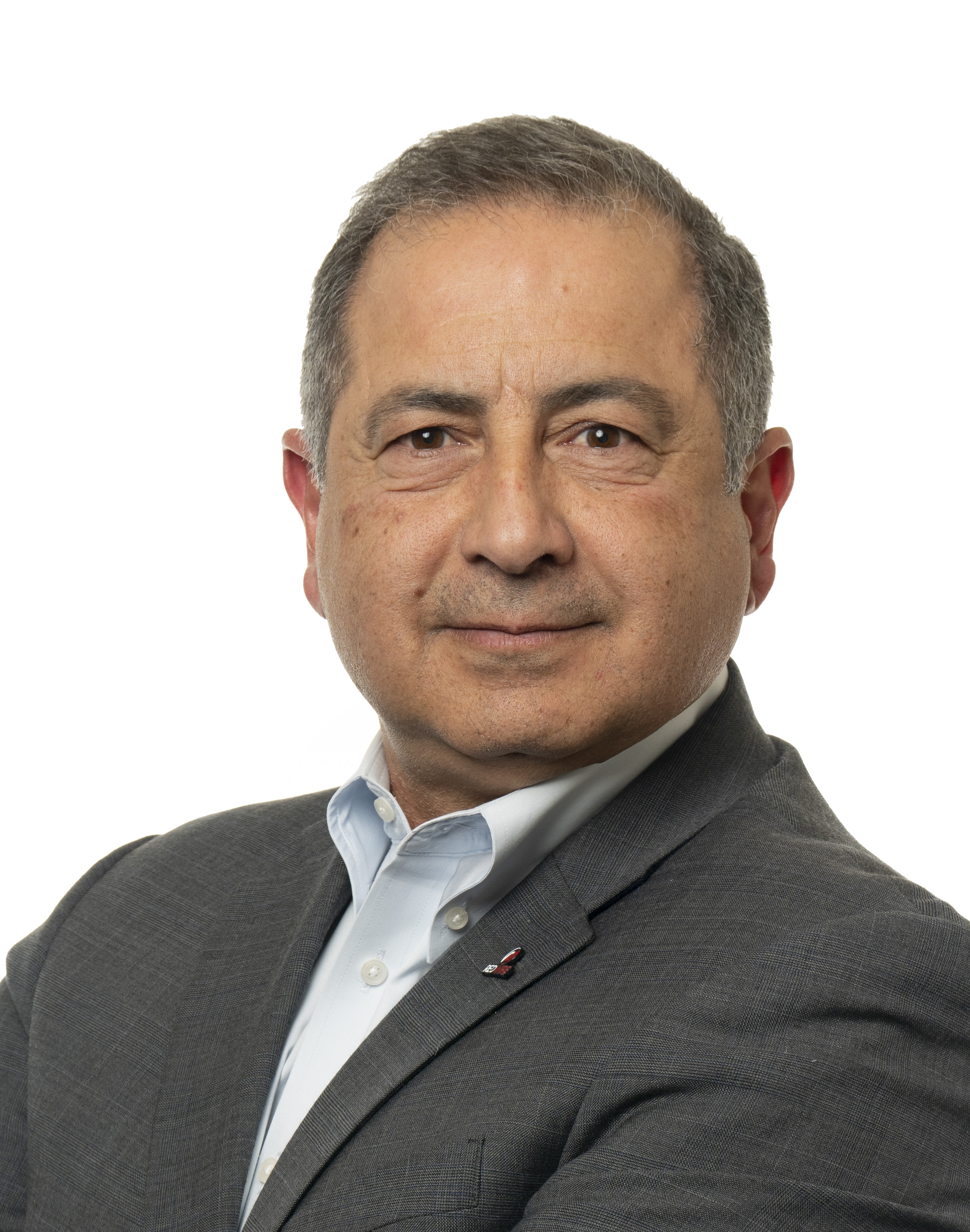
Al Tadros
Chief Technology Officer
Redwire USA
Al Tadros is the Chief Technology Officer of Redwire. In this role, he is focused on making strategic investments that support Redwire’s customers, advancing technology development and commercialization, and maintaining a nimble and collaborative Technical culture. With three decades of experience in space systems engineering and as an aerospace executive, Al is a thought leader in AI-enabled autonomy, machine vision, rendezvous and proximity operations, and robotics. He has a proven track record in maturing satellite and space systems programs for exploration, national security, and commercial missions.
Previously, Al was Chief Growth Officer and Executive Vice President of Space Infrastructure at Redwire. In this role, he oversaw the company’s long-term growth strategy and business development activities, and was responsible for advancing development, increasing adoption, and building momentum for Redwire’s mission-enabling capabilities.
Prior to Redwire, he served as Vice President of Space Infrastructure and Civil Space at Maxar Technologies, where he led significant innovation in next-generation spacecraft design and space infrastructure, integrating robotics and in-space satellite manufacturing, servicing, and assembly capabilities. Over the course of his career at Maxar, Al contributed to 13 missions and launch campaigns, many of which deployed cutting-edge communications and remote sensing systems. Al has worked with both commercial enterprises and government agencies to develop space systems for communications, satellite servicing, remote sensing, and exploration.
Al leads Redwire’s involvement in Stanford University’s Center for AEroSpace Autonomy Research (CAESAR), which is working to advance autonomous reasoning capabilities in space with artificial intelligence and machine vision. As an authority in robotics, Al also holds patents in the field of attitude control systems and was responsible for early telerobotics research for the International Space Station.
He holds a bachelor’s degree in aerospace engineering and a master’s degree in mechanical engineering from Massachusetts Institute of Technology (MIT).
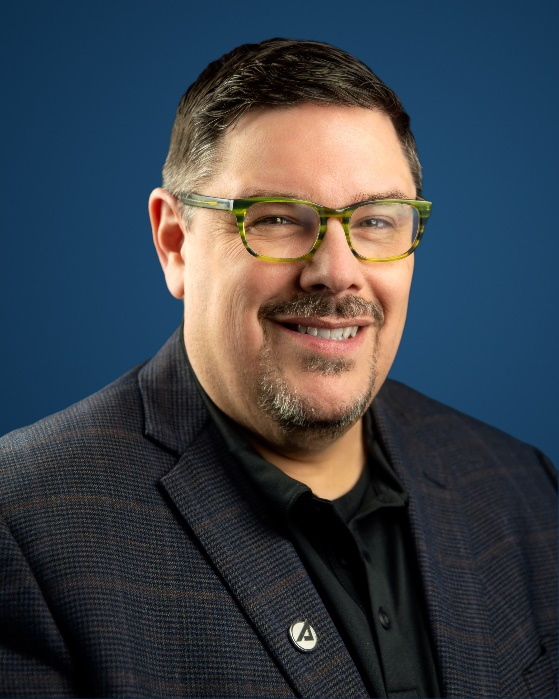
Robert Kalinowsky
Senior Project Leader
COSMIC / The Aerospace Corporation
Robert Kalinowsky is a Senior Project Leader in the Human Exploration and Space Flight Division of the Civil Systems Group at The Aerospace Corporation and is both the Missions and Ecosystems Focus Area Lead and Industry Caucus Facilitator for COSMIC, the Consortium for Space Mobility and ISAM Capabilities.
His career highlights include developing a real-time operations monitoring cell in the Pentagon supporting Operation Enduring Freedom in the days following 9/11, and nearly twenty years in direct support to the National Reconnaissance Office where he served as Technical Lead for the Flight Safety office and developed innovative proactive operations paradigms for mission operations utilizing real-time operations monitoring and data-driven decision-making.
Prior to COSMIC, his roles at Aerospace included Associate Director of the Space Architecture Department and facilitating working groups for federated enterprise solution development through the Corporate Chief Engineer’s Office. Mr. Kalinowsky holds a B.S. in Aerospace Engineering and an M.P.S. in Enterprise Architecture and Business Transformation, both from Pennsylvania State University.
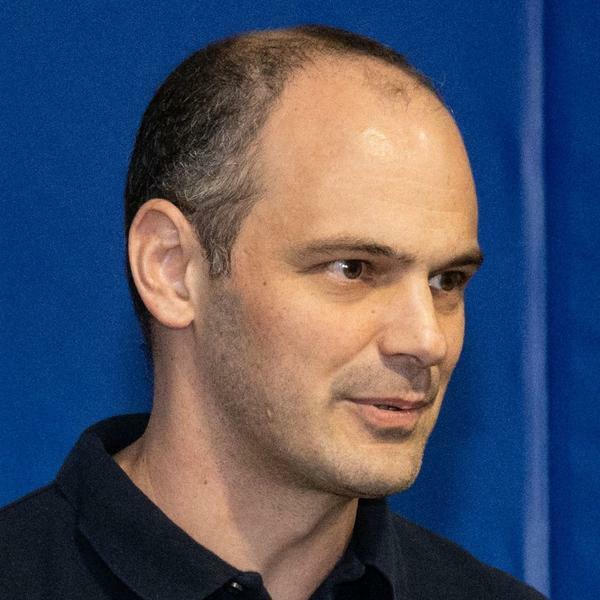
Shaun Azimi
Technical Discipline Lead
NASA JSC - Dexterous Robotics Team
Shaun Azimi is the Technical Discipline Lead (TDL) for Robotics and the leader of the Dexterous Robotics Team at NASA Johnson Space Center (JSC) in Houston, Texas. Shaun is responsible for developing the strategic vision for NASA robotics technology development supporting human space exploration as well as coordination with NASA programs, other government agencies, and commercial partners. The NASA dexterous robotics team develops hardware and software for advanced robotic manipulation in a variety of terrestrial and space applications.
Shaun has over 20 years of experience with the research and development of robotics and autonomous systems and he manages a portfolio of ongoing technology development collaborations between NASA and the US Department of Defense, Department of Energy, PickNik Robotics, Boardwalk Robotics, Apptronik, Woodside Energy and others. Previously, Shaun served as the Principal Technologist for Robotics with NASA STMD HQ and as the Chief Engineer for the Lunar Terrain Vehicle (LTV) moon rover for the Artemis program. Prior to his career at NASA, Shaun worked as a software engineer at Avidyne Corp., a mechanical engineer at Schlumberger, and a robotics engineer at Jacobs. Shaun holds a bachelor's degree in Aeronautics and Astronautics from Stanford University.
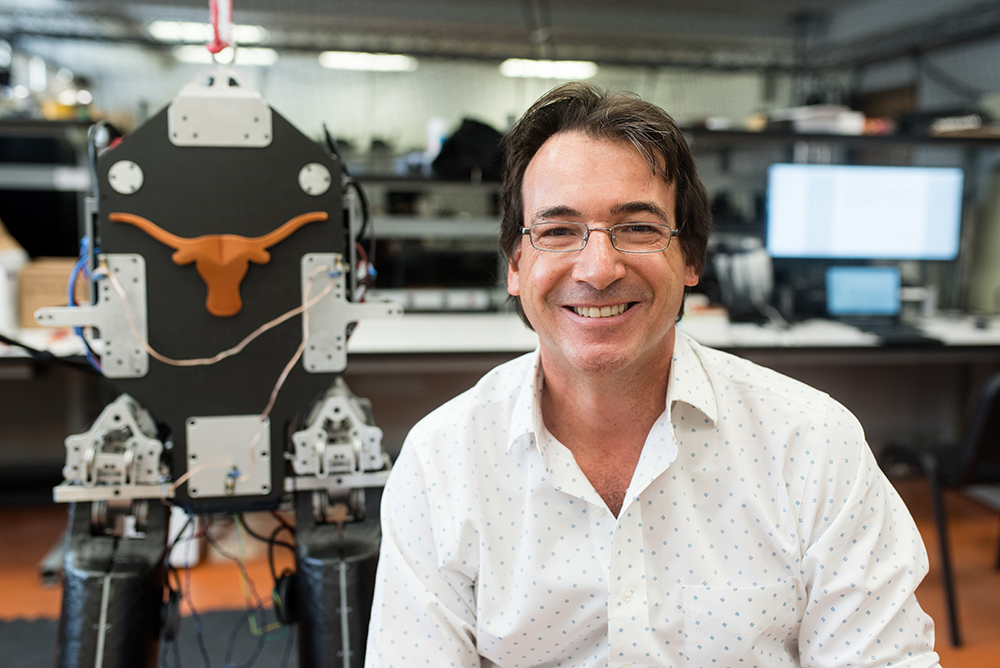
Dr. Luis Sentis
Professor in the Department of Aerospace Engineering and Engineering Mechanics
University of Texas at Austin - Human Centered Robotics Laboratory
Luis Sentis is a Professor in the Department of Aerospace Engineering and Engineering Mechanics at The University of Texas at Austin. He is also a General Dynamics Endowed Faculty Fellow, and a member of UT Austin's Good Systems. He received his Ph.D. and M.S. degrees in Electrical Engineering from Stanford University.
He was a La Caixa Foundation Fellow while at Stanford. He holds a B.S. degree in Telecommunications and Electronics Engineering from the Polytechnic University of Catalonia. Before Stanford, he worked in Silicon Valley as a Control Systems Engineer for clean room automation.
In Austin, he leads the Human Centered Robotics Laboratory, a laboratory focusing on control, task and motion planning, human factors, and experimentation with humanoid robots, mobile manipulation robots, exoskeletons and autonomous systems. He is also a founding member of the UT Robotics Portfolio Program and the UT Ethics of AI Portfolio Program. He was the UT Austin's Lead for DARPA's Robotics Challenge with NASA Johnson Space Center where he helped to design and test the Valkyrie humanoid robot. His research has been funded by ONR, NASA, NSF, ARL, AFC, DARPA and private companies.
He has been awarded the NASA Elite Team Award for his contributions to NASA’s Johnson Space Center Software Robotics and Simulation Division. He is also a founding member and innovation advisor for Apptronik Systems, a company focusing on human-centered robotic products.
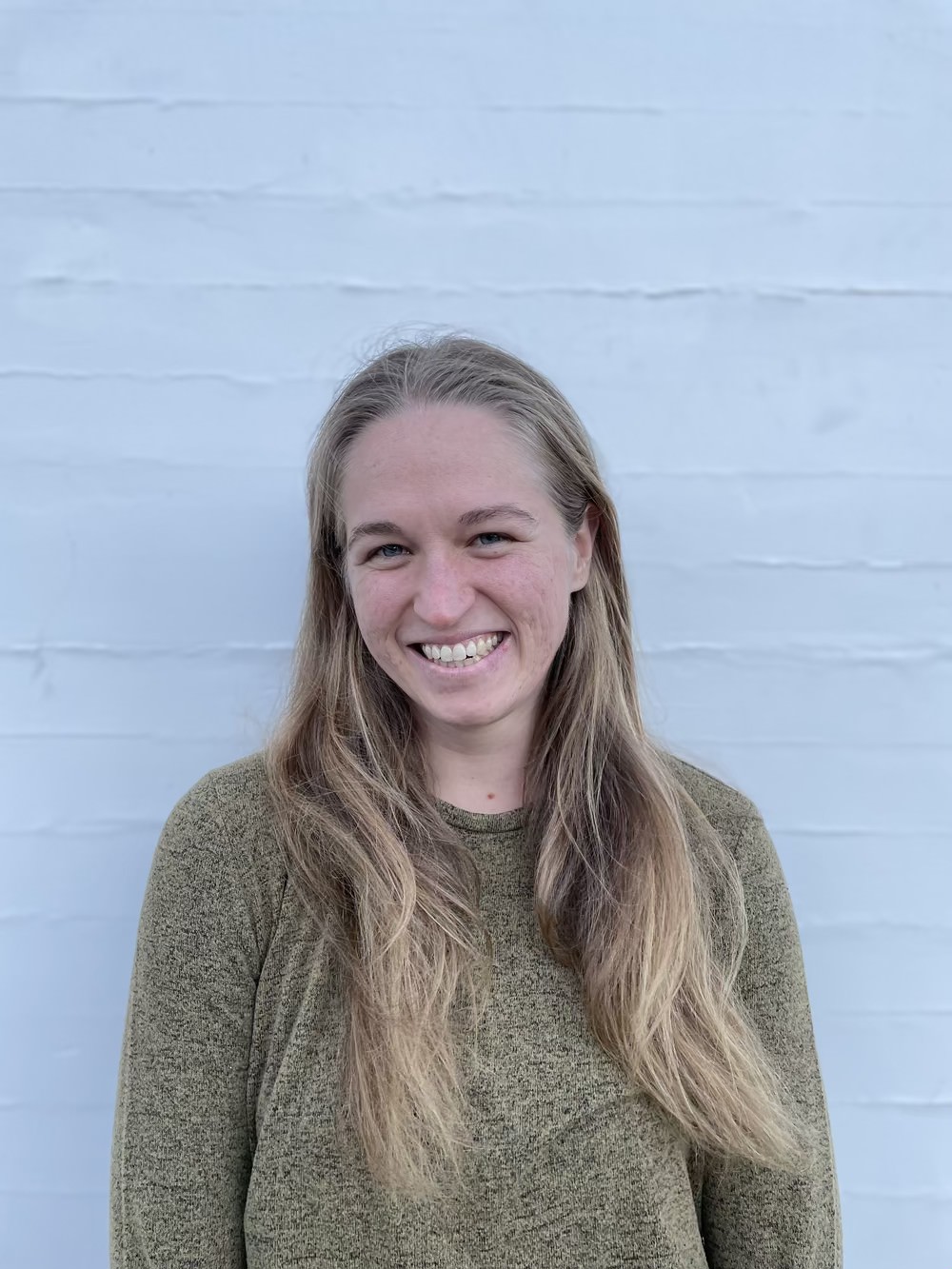
Kathleen Brandes
Co-Founder & CTO
Adagy Robotics
Kathleen is the co-founder and CTO of Adagy Robotics. Previously, Kathleen worked as a Senior Machine Learning Engineer at Tesla. She developed end-to-end neural networks for manipulation policies on the TeslaBot and algorithms for autonomous lane changes for Tesla Autopilot. Kathleen has two B.S. degrees from MIT in computer science and mathematics.
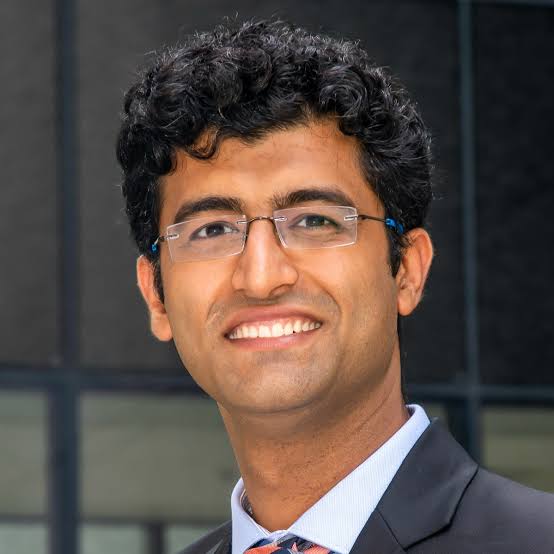
Animesh Garg
Assistant Professor
Georgia Tech - School of Interactive Computing
Animesh Garg is a Stephen Fleming Early Career Assistant Professor at School of Interactive Computing at Georgia Tech. He leads the People, AI, and Robotics (PAIR) research group. He is on the core faculty in the Robotics and Machine Learning programs. Animesh is also a Senior Researcher at Nvidia Research. Animesh earned a Ph.D. from UC Berkeley and was a postdoc at the Stanford AI Lab. He is on leave from the department of Computer Science at University of Toronto and CIFAR Chair position at the Vector Institute.
Garg earned his M.S. in Computer Science and Ph.D. in Operations Research from UC, Berkeley. He worked with Ken Goldberg at Berkeley AI Research (BAIR). He also worked closely with Pieter Abbeel, Alper Atamturk & UCSF Radiation Oncology. Animesh was later a postdoc at Stanford AI Lab with Fei-Fei Li and Silvio Savarese.
Garg's research vision is to build the Algorithmic Foundations for Generalizable Autonomy, that enables robots to acquire skills, at both cognitive & dexterous levels, and to seamlessly interact & collaborate with humans in novel environments. His group focuses on understanding structured inductive biases and causality on a quest for general-purpose embodied intelligence that learns from imprecise information and achieves flexibility & efficiency of human reasoning.
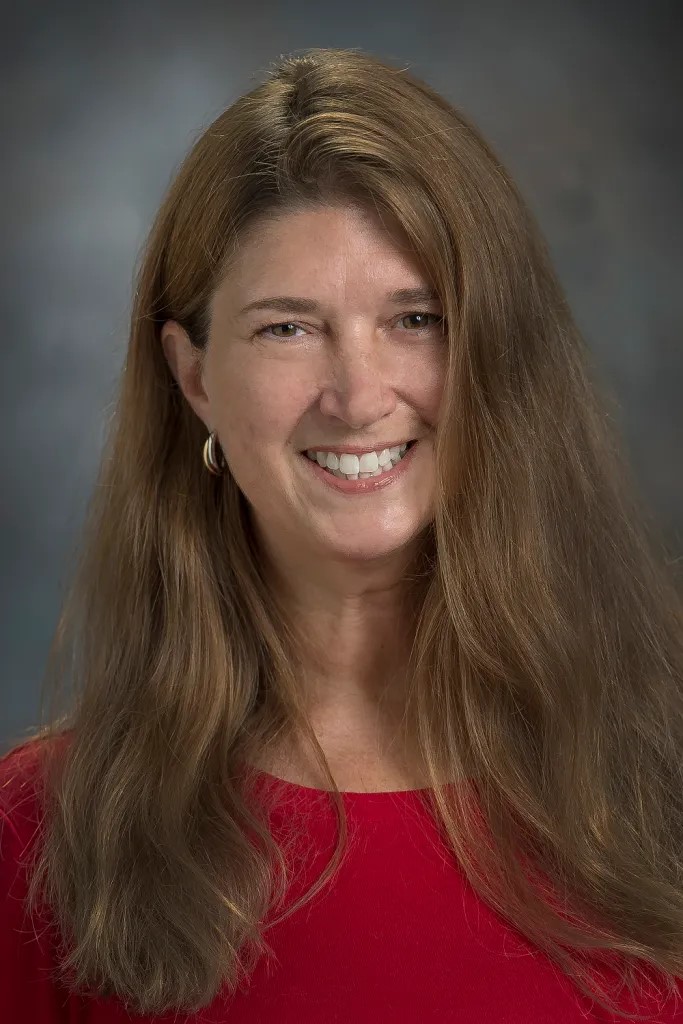
Danette Allen
Senior Leader for Autonomous Systems
NASA HQ
Danette Allen serves as the Senior Leader (SL) for Autonomous Systems at NASA. In this capacity, she leads the "Autonomous Systems" Systems Capability Leadership Team (AS-SCLT). As a Systems Capability Lead (SCL), she acts as a subject matter expert, advisor, and steward for Autonomous Systems at NASA, which encompasses Artificial Intelligence (AI), Machine Learning, and Human-Machine Interaction/Teaming, among other areas.
Together with fellow SCLs and Principal Technologists (PTs), Danette defines technology gaps for near and far-term missions, develops, advocates for, and tracks the execution of technology plans. The PT/SCLTs are responsible for the technology strategy in their assigned capability areas and establish a document called the Envisioned Future Priorities. This document outlines the desired future state for each capability area, assesses the current state-of-the-art, and delineates both long-term and near-term plans to bridge the gap between the envisioned future and the present state.
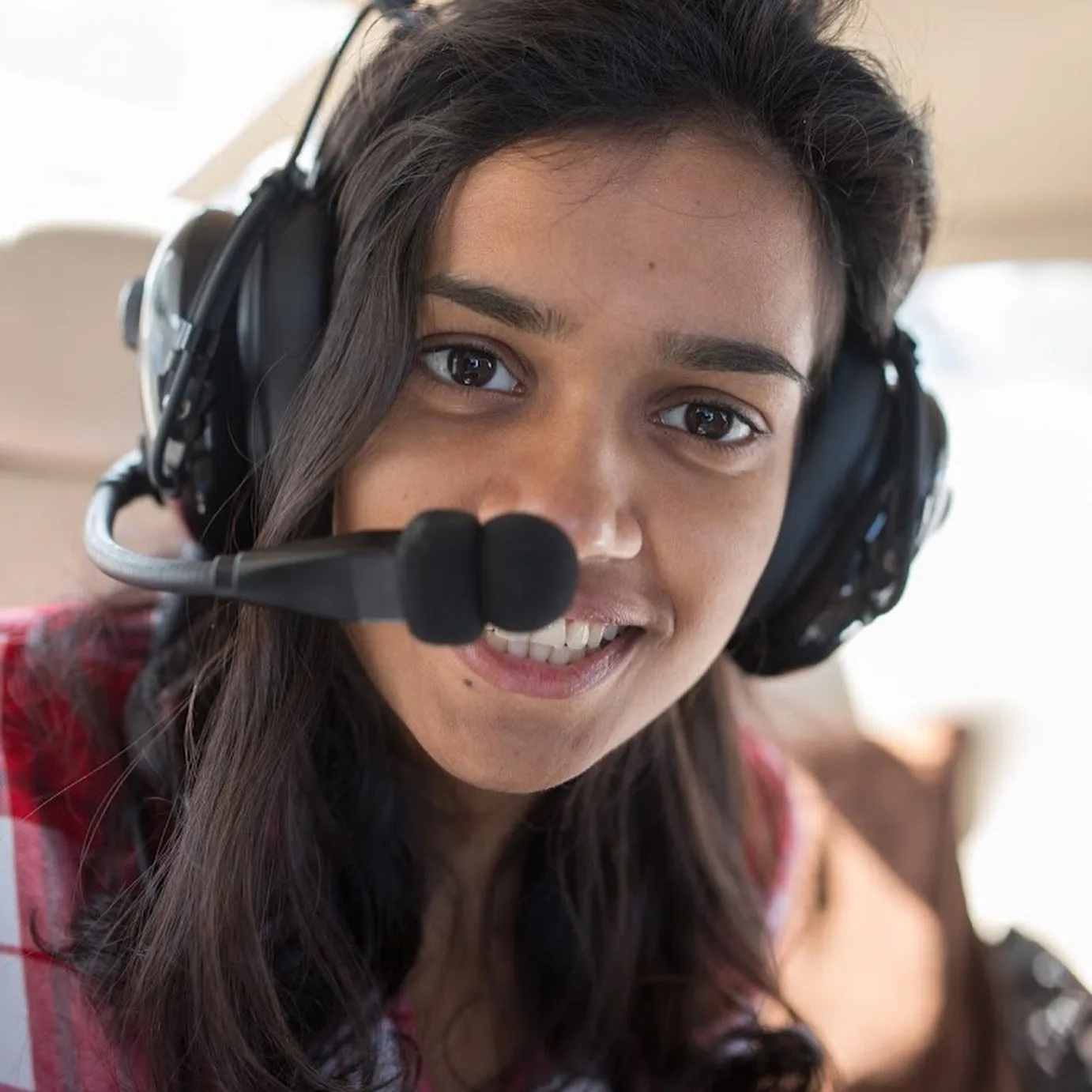
Keerthana Gopalakrishnan
Senior Research Engineer
Google DeepMind - Robotics
Keerthana Gopalakrishnan is a senior research engineer at Google Deepmind working on robot manipulation and the Gemini project.Her research concerns large language models for robotic planning, scaling imitation learning via robotic transformers and visual language models for low level control and cross embodiment robot learning. She was educated at Carnegie Mellon University and Indian Institute of Technology.


